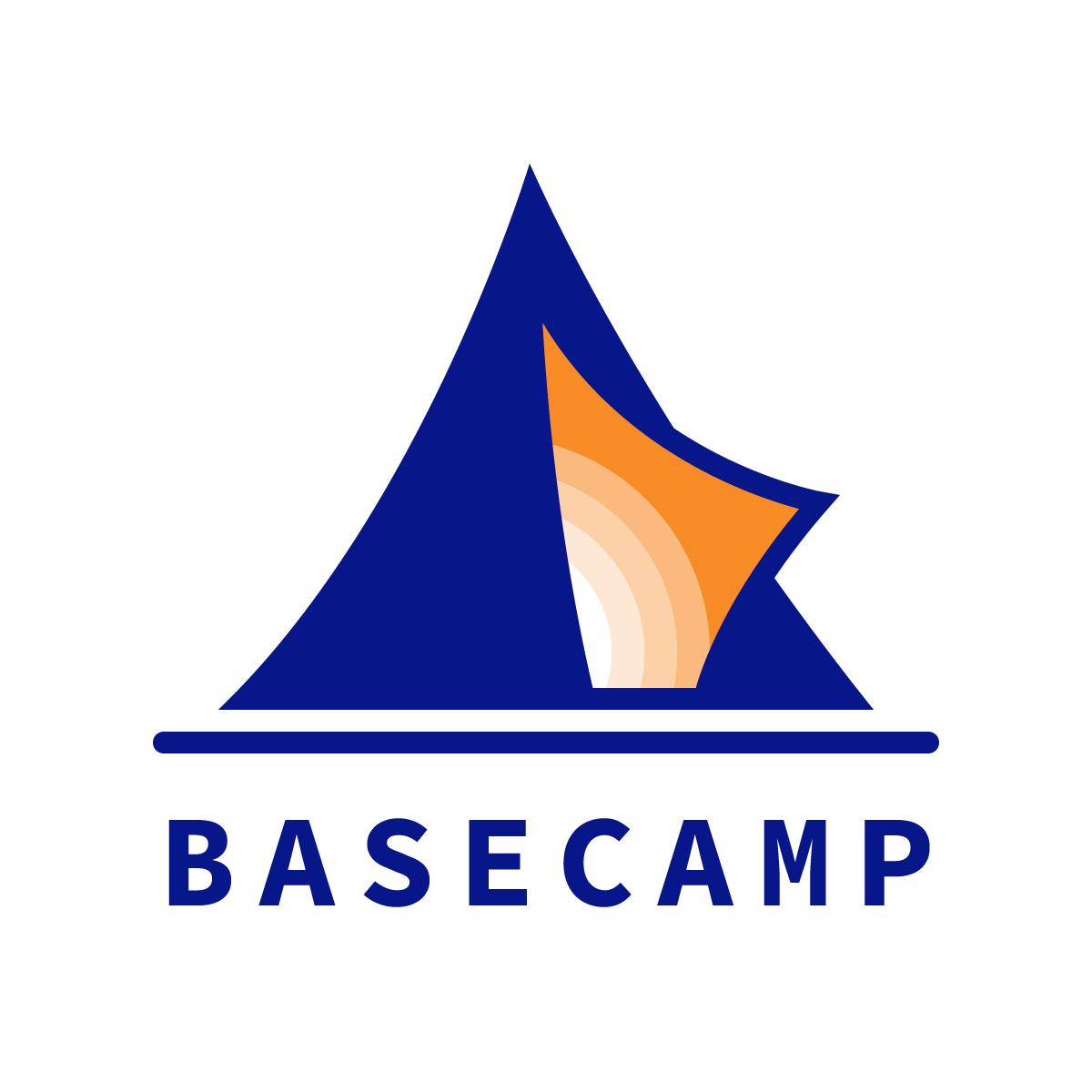Innovation story: Bishop Kearney (Brooklyn, NY)
Photo by Denny Luan on Unsplash
Bishop Kearney High School (Brooklyn), one of the schools with whom Basecamp has partnered, is in the middle of a leapfrog moment.
Like every other private school, Kearney faces increasing competition. There are abundant options among Catholic schools, non-sectarian private schools, and NYC specialized high schools (e.g., Suyvestant, Brooklyn Tech, Bronx Science, et al.). The competition was so tough, in fact, that only four years ago, Kearney almost closed its doors.
In an age of exponential change and entrenched competition, how does a traditional, all-girls Catholic school in a working class section of Brooklyn find a way forward?
One often overlooked innovation strategy is leapfrogging.
Consider telecoms in Africa. Tens of millions of Africans use mobile phones for banking. African countries could have tried to catch up by spending decades to build a copper wire or fiber optic infrastructure. Instead, they leapfrogged to wireless.
Kearney has chosen a similar strategy. They are in the midst of leapfrogging to a FabLab / Virtual Reality Lab with an emphasis on life sciences. In their work with Basecamp, Kearney settled on this leapfrogging strategy only after much discussion of Mission > Vision > Culture.
Mission: As a Catholic school, Kearney's reason for existence is to form young women who will develop their God-given talents to bring love and justice to people living at the margins. This purpose lies at the heart of Catholic social teaching, and is the recurring motif of the Gospels.
Bishop Kearney students test out virtual reality in the new FabLab / VR lab
Vision: Kearney has identified a special opportunity to form female leaders in the life sciences. The school has partnerships with Maimonides Medical Center and Calko Medical Center, and was an early adopter of the Project Lead the Way's Biomedical curriculum. In addition, a number of life sciences leaders belong to the Kearney alumnae network. In our age of exponential technologies, Kearney sees the opportunity to bring its Catholic mission to life by providing leading edge learning in the life sciences, which includes essential connections in the Humanities. The FabLab / VR Lab is a vehicle to make all of this happen.
Matt Robinson from the Beam Center faciltates a professional development session for Kearney teachers on using one of the machines in the FabLab
Culture: Leapfrogging, like all change initiatives, requires an intentional culture. Kearney has taken several steps to build that culture. First, they launched their innovation journey with an inspiring visit to Havas Health, where teachers witnessed the leading edge of virtual reality, artificial intelligence, and 3D printing applications for the life sciences. Next, Kearney provided months of teacher professional development for designing mission-driven learning in the FabLab / VR lab. Importantly, all Kearney teachers will use this space, because every time Kearney students learn in the FabLab / VR lab, teachers have the chance to nurture the skillsets and mindsets for the special opportunities in life sciences. Finally, Kearney's new Head of School has deep expertise in project-based learning, which means that day-to-day she can lead teachers through this leapfrog moment. A logical next step for Kearney will be crafting an explicit culture (culture = values + expected behaviors). A Kearney Culture will enable everyone to fill in this blank the same way, and act accordingly: "Kearney is the kind of place where we..."
Lots of schools have a FabLab. By itself, a FabLab is a facilities upgrade--a commodity.
Very few schools have VR labs, but even the ones that do struggle with using them to design meaningful learning. The absence of mission-driven learning results, once again, in a commoditized facilities upgrade.
By contrast, the innovation that Kearney is offering--a Catholic education for an age of exponential change--cannot be commodified.
By starting with Mission, Kearney has provided the fuel for their innovation journey. And by focusing on Vision, they have identified a North Star (Thusday's post will address identifying an "innovation North Star"). As their Culture continues to align with that Vision, they will find themselves completing their leapfrog moment.



